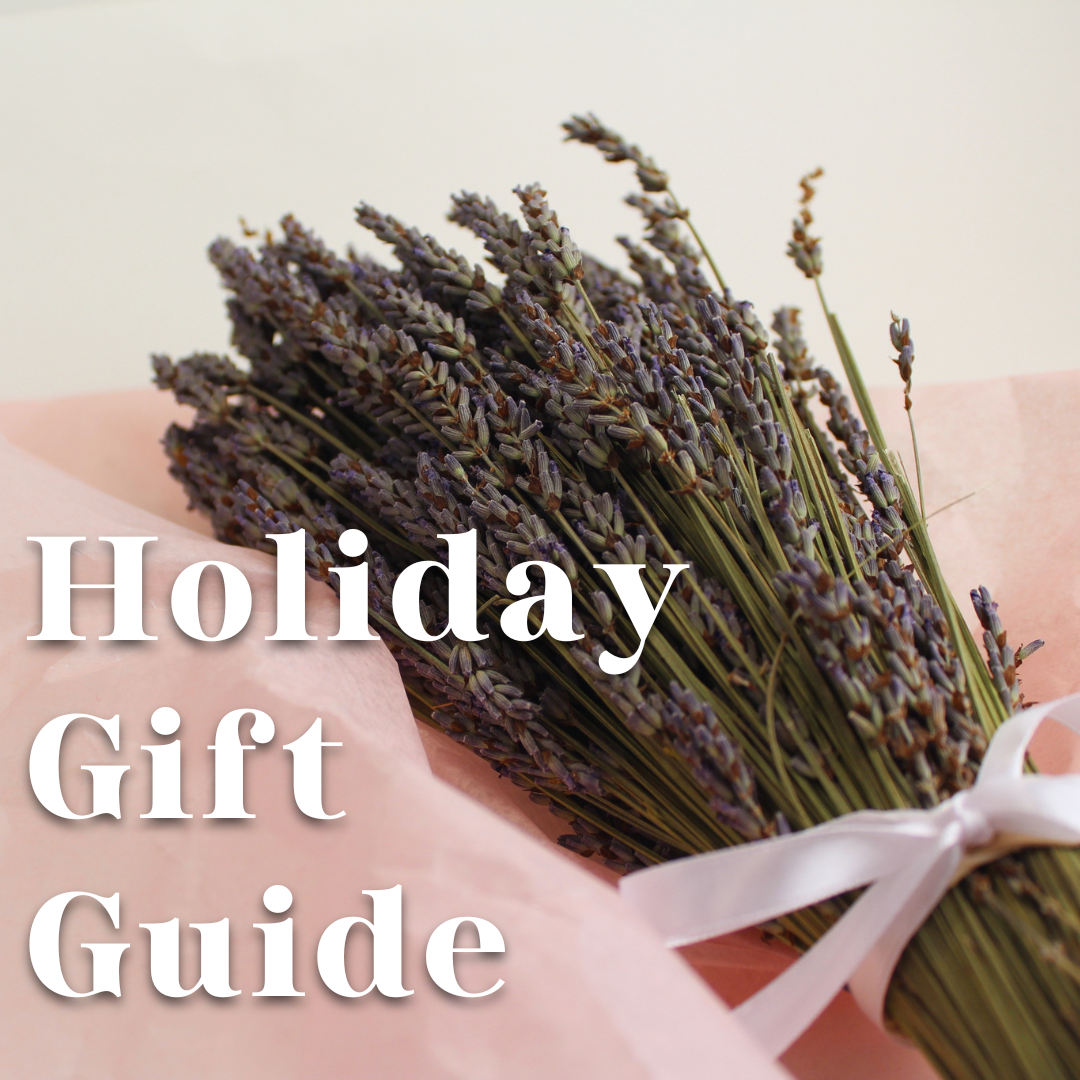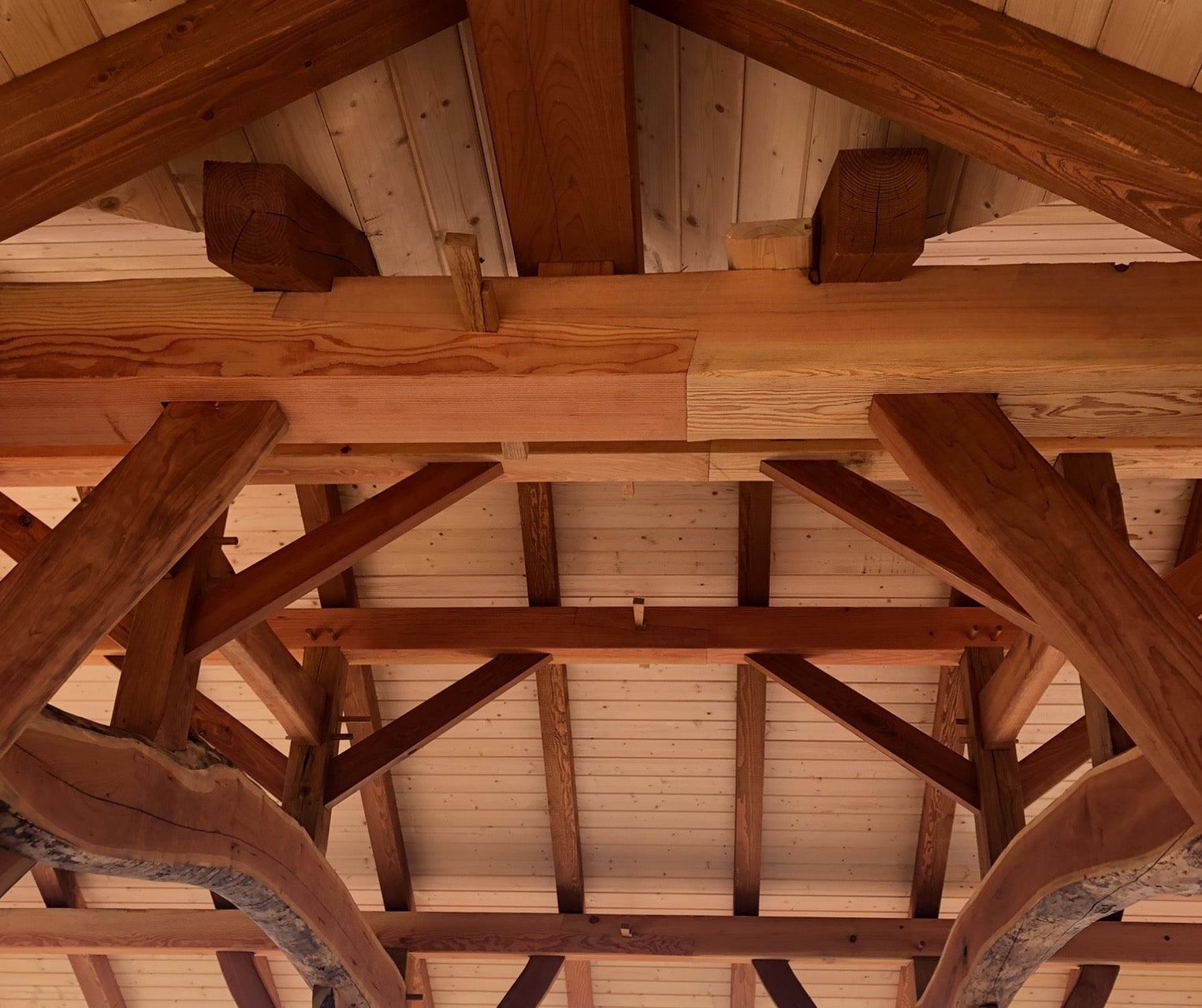Lavender is a timeless classic in the world of gardening. With its sweet aroma and delicate purple flowers, it is a beloved plant that can add beauty and charm to any garden. In this blog post, we will guide you through the process of growing lavender and offer tips and tricks to ensure your lavender thrives in your home and garden. Growing lavender at home is not only a delight for the senses but also a rewarding experience.
-
Choose the right variety of lavender - The first step in growing lavender is to choose the right variety for your region. Lavender thrives in warm, dry climates with plenty of sunlight but also requires a cold dormancy period. We find French lavender (Lavandula intermedia), our most fragrant lavender, the variety best suited for our region (7A). English lavender (Lavandula Angustifolia) is another popular variety that has vibrant colored flowers and a sweet smell but tends to be more sensitive.
-
Prepare the soil - Lavender thrives in well-drained soil that is slightly alkaline with a pH between 6.5 and 7.5. If your soil is heavy and clay-like, add sand or gravel to improve drainage. Lavender also likes soil that is low in nitrogen, so avoid using fertilizers high in nitrogen.
-
Planting lavender - Lavender should be planted in the spring or fall, in an area that gets full sun for at least 6 hours a day. Plant your lavender in a location that is protected from strong winds, as lavender can be prone to damage from strong gusts.
-
Watering and care - Lavender is a drought-tolerant plant that prefers to be on the dry side, avoid overwatering as it can lead to fungal infections. Water your lavender deeply once to twice a week during the growing season. Avoid planting by sprinkler heads. You may need to water more often if you've potted your plants as the limited soil will dry out quicker.
-
Pruning - Pruning or a haircut is essential to keep your lavender healthy. In the spring, prune back any dead or damaged branches. In the fall, prune back your plant 2/3 of its size leaving 4 to 5 inches of green from the woody base.
-
Harvesting - Harvest your lavender when the flowers are in full bloom, but before they start to fade. Cut the flowers with a sharp pair of scissors, leaving a small stem attached. Hang the flowers upside down to dry.
Growing lavender in your home and garden can be a rewarding experience. With the right variety, soil, planting, watering, pruning, and harvesting, you can enjoy the beauty and aroma of this timeless classic. So, go ahead and plant some lavender today!





